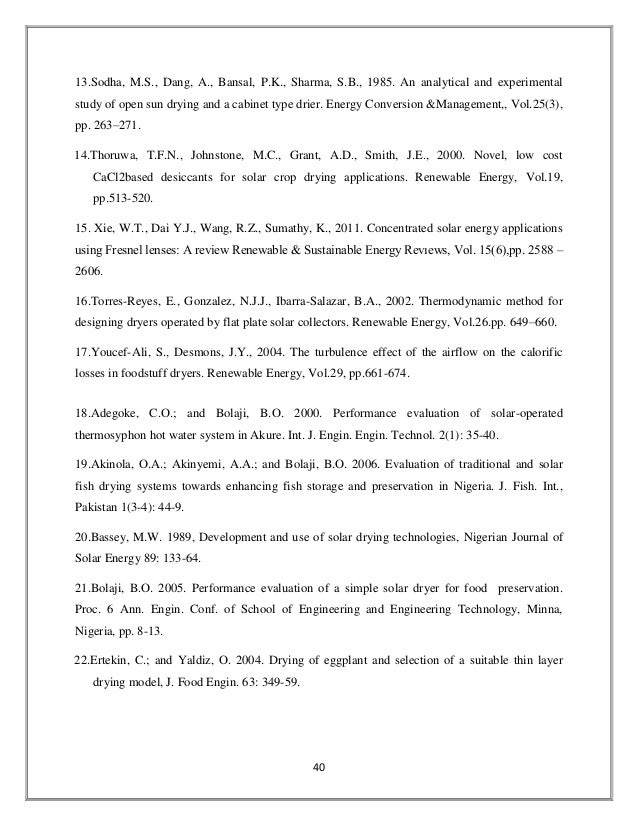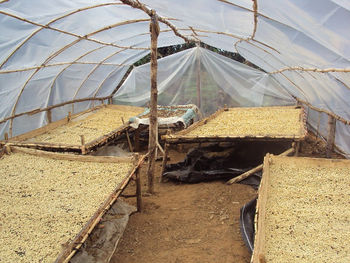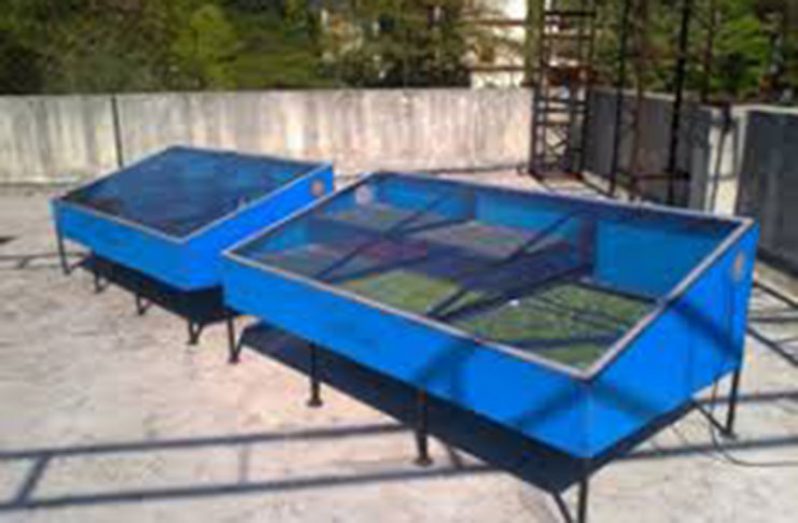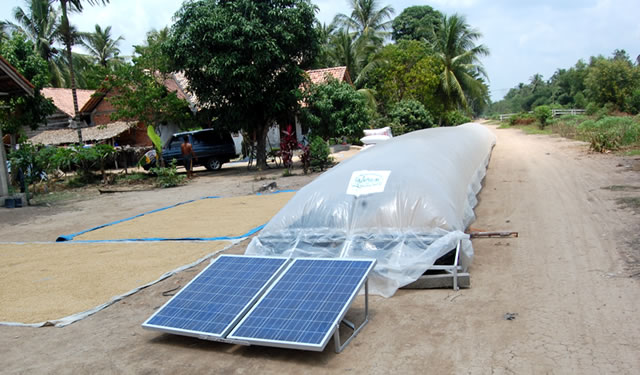Advantages and disadvantages types of solar food dryers classification direct sun advantages least expensive disadvantages uv radiation can damage food simple indirect sun products protected from uv more complex and expensive than direct sun less damage from temperature mixed mode less damage from temperature extremes uv radiation can damage food hybrid ability to operate without sun reduces chances of food loss allows better control of drying fuel mode may be up to 40x.
What are the advantages and disadvantages of solar crop driers.
The basic disadvantage of this indirect solar drying technique is the high initial capital cost for the dryer solar collectors auxiliary energy supply system and the necessary supplementary equipment such as ducts pipes pumps blowers control and measurement instruments.
The sun s free energy for drying in open air is counterbalanced by a multitude of disadvantages which reduce not only the quantity but also the quality of the final product belessiotis and delyannis 2009 1.
Less risk of spoilage because of the speed of drying.
More skilled personnel are also required to operate the system.
Solar dryers last longer.
Please also give references.
Advantages of solar dryers.
Less spoilage or less wastage of dried products.
Suggest remedies for the disadvantages.
Solar drying systems have low operation and maintenance costs.
This technique changed very little from its early prehistoric uses.
The drying process is completed in the most hygienic and eco friendly way.
It has also advantages that crop are protected from dust rain insects animals etc.
It is labour saving.
Better prices due to postponed market serve.
Drying is faster because inside the dryer it is warmer than outside.
Solar dryers are more economical compared to dryers that run on conventional fuel electricity.
Different value creation possible since dried products have higher margins.
Solar driers have the following advantages.
Productivity increase in terms of labour energy cost saving.
More sophisticated solar dryers protect grain and fruit reduce losses dry faster and more uniformly and produce a better quality product than open air methods.
The disadvantage of these methods is that the crops and grain are subject to damage by birds rodents wind and rain and contamination by windblown dust and dirt.
If the drying process is slow the fruit start to ferment and the product is spoilt.
The product is protected against flies pests rain and dust.
High hygienic standards no dust no pollution no fungus no animals no foreign materials etc.
Solar greenhouse dryers are available in different size and design and are used for drying various crops and.
What factors determine the type and size of solar collectors for crop drying.












































